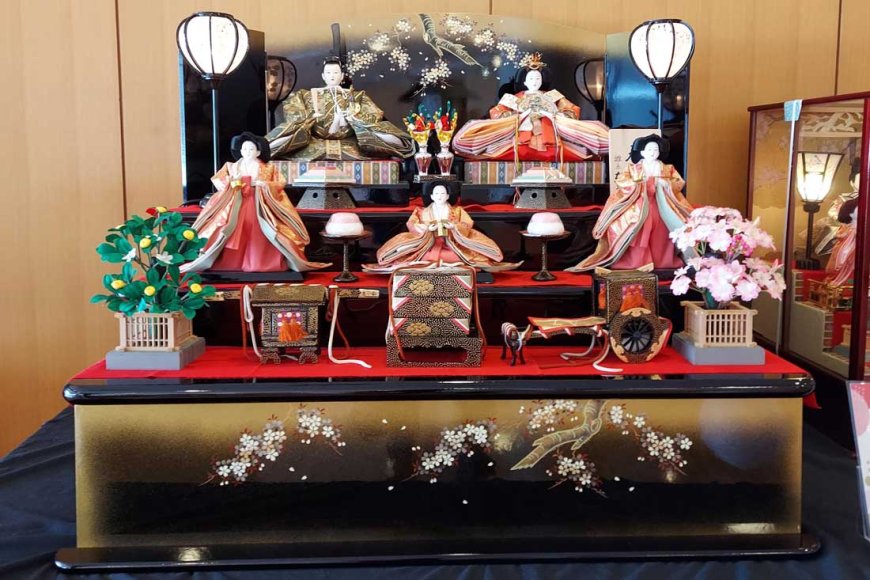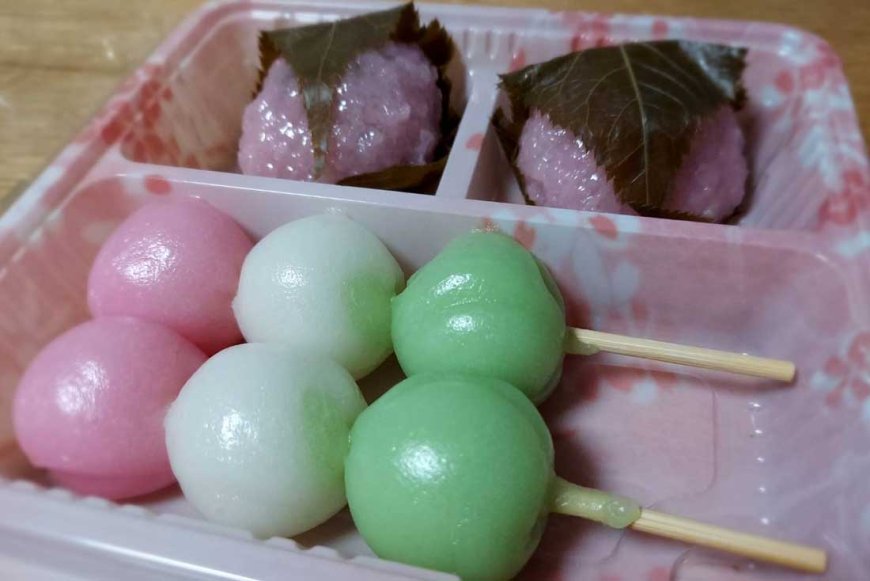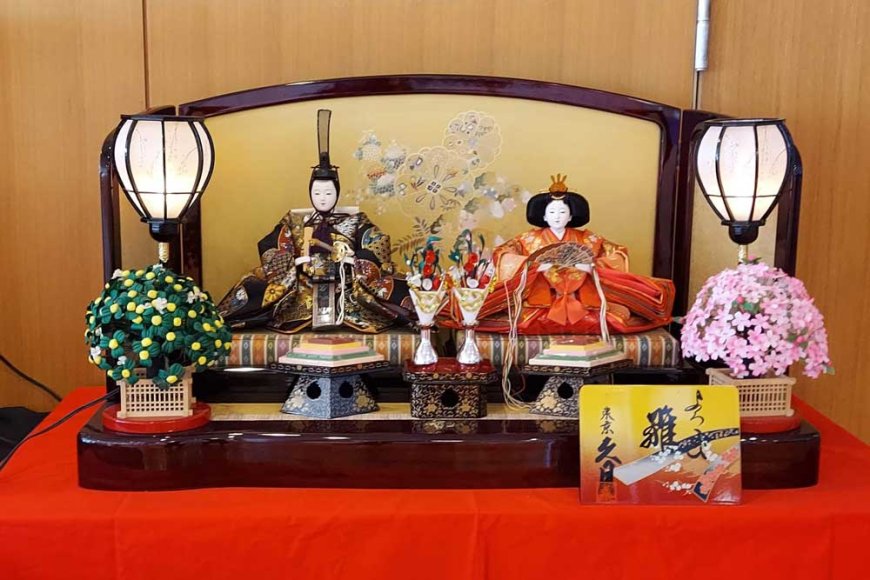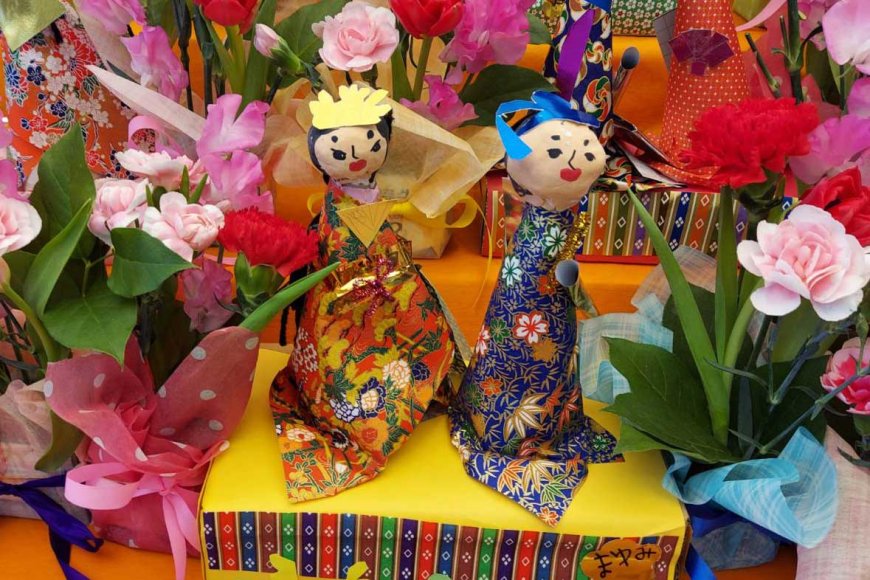Hinamatsuri (雛祭り) in Japan
Today is Girls’ day or Doll’s day, whatever term is used, officially today is called Hinamatsuri (雛祭り).

Hinamatsuri, a colorful festival for girls, and boys...
Today is Girls’ day or Doll’s day, which is officially called Hina matsuri (雛祭り) in Japan. It is a Japanese festival that is celebrated every year on the 3rd of March to wish for happiness and good health of every little Japanese girls. Hina dolls are displayed in most Japanese houses, and even in government buildings and department stores. These dolls are dressed elaborately, mimicking the ancient imperial court robes. They are absolutely eye-catching and showcase Japanese traditional craftsmanship.
Here are some of the ways Hinamatsuri is celebrated in Japan:
-
Displaying hina dolls and other decorations: Hina dolls are the centerpiece of Hina matsuri celebrations. They are dressed in traditional Japanese clothing and are displayed in homes where there are girls live. Other decorations, such as peach blossoms and banners with the girls' names, are also displayed.
-
Eating special foods: There are many special foods that are eaten on Hinamatsuri. Some of the most popular foods include hina-arare (multi-colored rice crackers), chirashizushi (sliced raw fish with rice), and sweet treats such as mochi and dango.
-
Festivals and events: There are many festivals and events that are held on Hina matsuri. These events often feature traditional Japanese music and dance, as well as food and games.
-
Visiting temples and shrines: Many people visit temples and shrines on Hina matsuri to pray for the health and happiness of their daughters.
-
Watching the hina matsuri parade: In some cities, there is a parade held on Hinamatsuri. The parade features floats decorated with hina dolls and other decorations.
-
Playing hina-uta: A song about a young girl celebrating her coming of age. It is a traditional Japanese song that is sung on Hina matsuri.
 Sakura mochi and dango
Sakura mochi and dango
Is it only for girls?
After all the terminologies used referring to girls, hina matsuri is not only for girls. Boys can also celebrate this festival. In fact, many families with both boys and girls celebrate Hina matsuri together. The dolls are not only for girls, as you will notice, dolls are in pairs, a boy and a girl. That’s because they represent the emperor and empress of Japan.
 Decorated hina dolls and flowers are put in front of bonbori lights
Decorated hina dolls and flowers are put in front of bonbori lights
In the 17th century, the Tokugawa shogunate officially established Hinamatsuri as a holiday to celebrate the coming of spring. The dolls were seen as a symbol of good luck and fortune, and it was believed that they would bring happiness and prosperity to the family. Hina matsuri continued to be celebrated throughout the Edo Period, and it became a popular holiday among the common people. The dolls became more elaborate and expensive, and they were often displayed in the homes of wealthy families. After the Meiji Restoration in 1868, Hinamatsuri was revived as a way to promote traditional Japanese culture. The holiday was made a national holiday in 1948, and it is still celebrated today.
 Origami version of hina dolls on display
Origami version of hina dolls on display
Most Japanese families celebrate this unique and beautiful festival. So after the cold winter days, finally, it is time to celebrate the coming of spring and to pray for the health and happiness of cute little girls all around Japan.
Find Cheap Flight Tickets to any Destinations in Japan and the Philippines
Nipino.com is committed to providing you with accurate and genuine content. Let us know your opinion by clicking HERE.































































